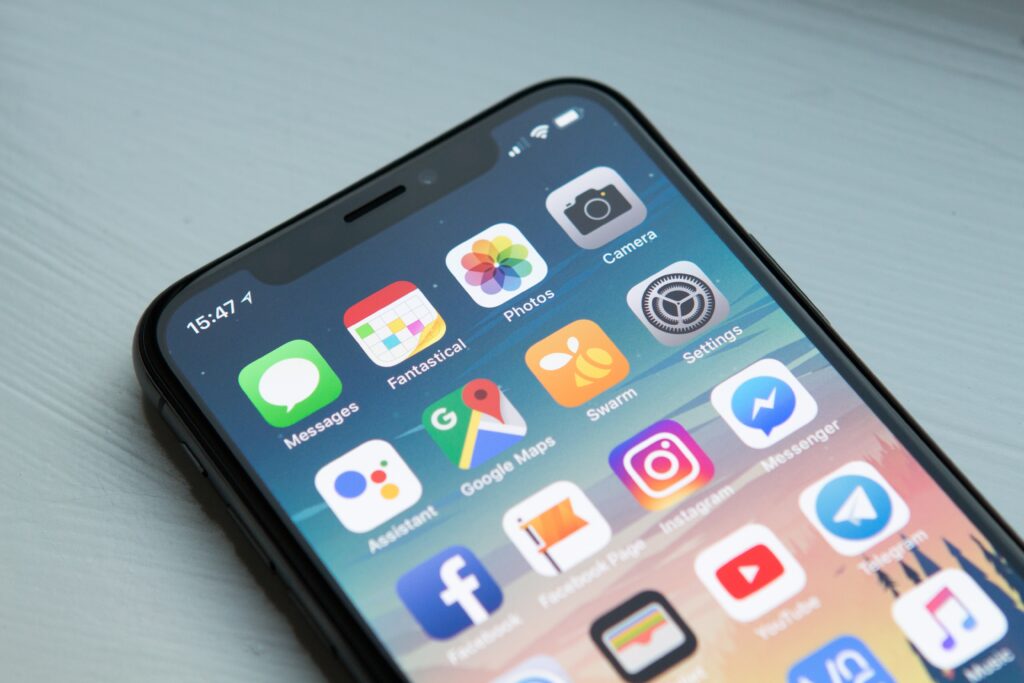Developing an app is a complex process so it’s no surprise that there’s a complex lingo within that process. If you’re looking to learn how to develop your own app or hire an app developer, it’s a good idea to learn the common vocabulary they use. App developers tend to throw out acronyms and technical terms expecting people outside of their community to understand. This can be confusing and frustrating for most people without prior experience in app development.
As app developers ourselves, we’ve seen first hand the frustration many experience. So here is a handy glossary with some of the most common acronyms to help jump-start your induction into the world of app development!
VPN (Virtual Private Network)
A VPN is a private network disguised as a public network and serves to keep one’s private information safe from the roaming interwebs. It does this by masking your IP address making your location invisible to everyone else. Due to the recent increase of hacking incidents and spy malware, it is critical that people are taking the necessary measures to protect themselves when online. VPNs help accomplish this by securing a private connection between you and the vast internet.
API (Application Programming Interface)
In short, the purpose of an API is to provide a way for software to communicate to each other, specifically apps. This process is never seen by the user of the app but is crucial to ensure a high-quality consumer experience. For example, Hotels.com is going to communicate with each hotel’s API in order to bring a user the most affordable rates and hotel booking options. APIs must be set up correctly so that they can deliver what the app request may be. Failure to do this results in an error message and a rocky user experience.
CDN (Content Delivery Network)
CDNs bring users the most relevant content by storing the cache data geographically closer to them. This speeds up the overall user experience because the content is being served as close to the user as possible. Any digital content can be stored on a CDN and delivered to the user from audio, software updates, app downloads, and quality video streaming.
CTA (Call to Action)
A CTA is commonly used throughout the marketing and web/app development world. Every app or website has a unique goal(s) they want their users to complete. An example of this is when someone downloads the Netflix app and they are brought to a page asking them to either log in or create an account. These two buttons would be the main CTA for their app. Another common CTA is purchasing products online through eCommerce platforms like Amazon or Walmart. CTAs often present themselves in the form of a button and are usually the first thing the user sees when interacting with the app or website.
GUI (Graphical User Interface)
GUIs are represented by visual widgets designed for users to interact via their electronic devices. That’s a fancy way of saying that GUIs are the clickable icons seen daily. Examples of these include the “X” buttons that allow users to close out of a window or the gear icon that opens the device’s settings.
IDE (Integrated Development Environment)
IDE is a program designed with tools that help test and write software. It includes text editors, code editors, and libraries to help bring together the software for a single framework, application, or service. Users are able to run Java code from their own computers, and the installed debugging software automatically prevents errors while building software.
SDK (Software Development Kit)
SDKs serve as a one-stop shop for all the software development tools to create a custom app. SDKs are often supplied with debuggers, building tools for a specific platform, and the app’s unique framework. They provide instructions to the developers on how to create the app as well as useful code samples and other programming languages. Also, at least one API is integrated with an SDK in order to communicate the correct information and work efficiently.
